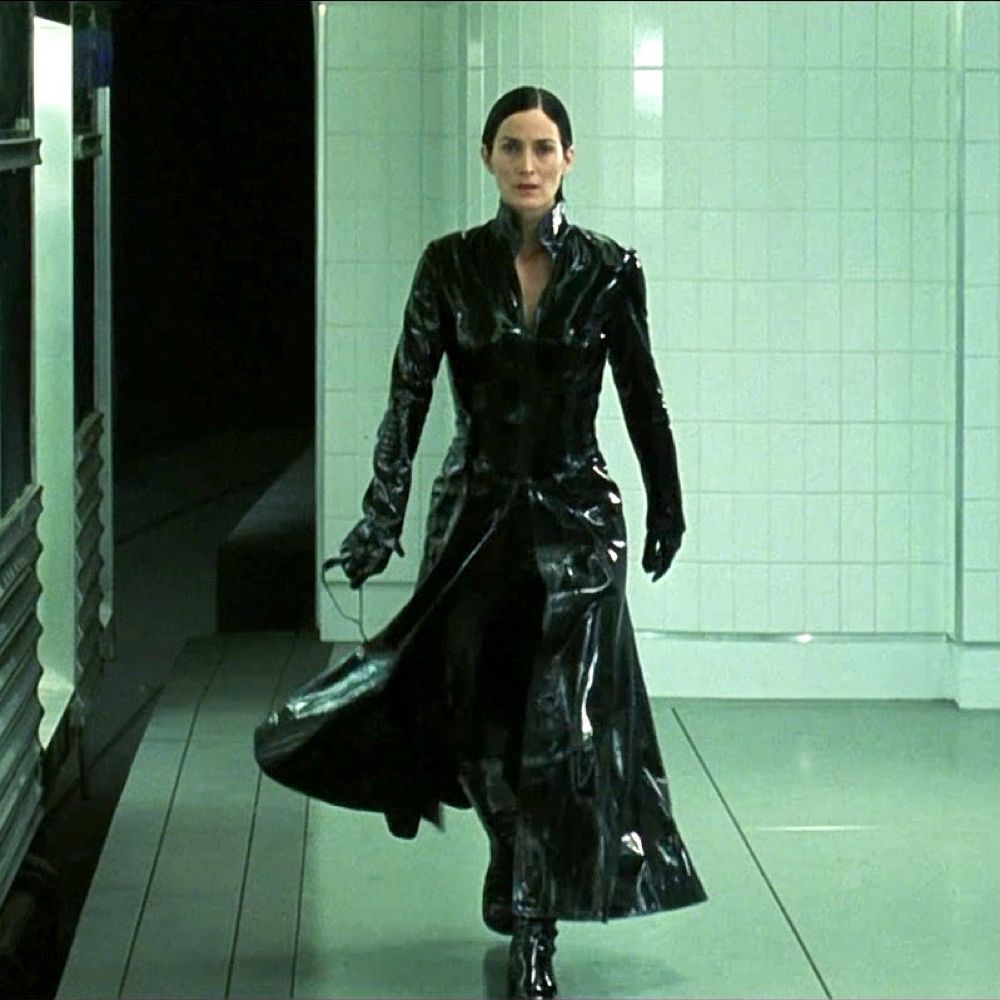

For most of the 1990s, she appeared in several television series such as Street Justice, Baywatch, F/X: The Series, and Due South, for which she scored a nomination for the Gemini Award for Best Guest Actress in a Drama. She headlined a short-lived made-in-Canada series entitled Matrix. She enrolled at the American Academy of Dramatic Arts in Pasadena upon her return, and she subsequently starred in Fox's primetime soap opera Models Inc., a spin-off of Melrose Place, as a model. Moss left Dark Justice before the series' third and final season and was replaced by Elisa Heinsohn as Samantha "Sam" Collins. She moved from Barcelona to Los Angeles with the series in 1992. While living in Spain, Moss obtained a role as Tara, the clerk to Judge Bruce Marshall in the drama series Dark Justice, her first television appearance. At the age of 11, she joined the Vancouver children's musical theatre and later went on to tour Europe with the Magee Secondary School Choir in her senior year.Ĭareer 1990s and breakthrough Moss lived with her mother in Vancouver as a child.

Moss's mother reportedly named her after the Hollies' 1967 hit song, " Carrie Anne", which had been released in May that year. Any foolish moments and indiscrepancies can be forgiven in the name of entertainment.Carrie-Anne Moss was born in Burnaby, British Columbia, the daughter of Barbara and Melvyn Moss. While the film certainly introduces provocative questions and concepts to a mainstream audience, The Matrix is not a famous piece of cinema for its logic as much as for its cinematography, inventiveness and spirit.

Suspension of disbelief is required in viewing almost all films, and ones of this genre can be the most demanding. So why couldn’t the Agent dodge her bullet? Because that’s what the story says. But once that barrel touches his skull, he had a more than sufficient amount of time (by his standards) to do something about it. Based on what we saw moments before, Trinity would have a chance of taking down the agent from across the rooftop if he had truly forgotten she was there. By earlier calculations, he could have dodged it over 50 times.
#Trinity matrix full#
How does that work? Even if the Agent legitimately did forget about Trinity’s presence or decided she wasn’t a threat, and even if she did sneak up on him, why couldn’t he dodge her shot? She holds the gun to his head for a full two seconds before pulling the trigger. “Dodge this,” she says, fires the gun, and kills the Agent. The Agent also seems to forget Trinity was nearby, so she then sidles up and puts a gun to his head. The Agent approaches Neo to finish the task up-close and personal, relishing the chance for an expository statement (“only human,” stated in a very non-mechanical way). Neo attempts to dodge with the same bullet-time grace as the Agent but gets grazed by two of his shots. The Agent can recognize the bullet, process its location, and physically get out of its way in less than 1/20th of a second, repeatedly.Īfter Neo exhausts his supply of bullets, the Agent responds in turn. To drive this point home, we are shown the effect of seeing about six of him at once. Reasonably, then, the Agent can react even faster than that rate. At a velocity of 1,250 feet per second, using an educated guess of the distance between the two, Neo’s bullets would be reaching the Agent within a twentieth of a second, to be conservative. Neo fires 20 shots at the Agent in a matter of a few seconds using a Beretta 92FS. This point is furthered here, as Neo fires a number of bullets at the Agent, all of which he dodges. They aren’t human, after all, and work as fast as a computer processor.

Up to this point, the bulk of The Matrix has worked to establish the fact that Agents are not easily beat, as they possess tremendous reaction time and technical capabilities. Once they are put down, an Agent morphs through the body of a pilot and picks up the fight. The scene above finds Neo (Keanu Reeves) and Trinity (Carrie-Ann Moss) dispatching a gaggle of assailants with relative ease. So now, let’s do exactly that, by examining the question of why the Agent Films of this nature are entertainment above all, and trying too hard to dissect and explain the complexities of The Matrix’s world leads to no good. The Matrix also taught an important lesson: when watching, it is prudent to keep in mind the “fiction” component of science fiction. It was crazy, it was bold, and it was relevant. Just as computers and technology were becoming staples in American homes, and internet usage was showing signs of evolving into the force we know it today, The Matrix stepped in to posit the possibility that everything we think of as life is actually part of a massive computer program. Upon its release, The Matrix (1999) took audiences to a new realm of cyberpunk science fiction unlike anything we had seen before.


 0 kommentar(er)
0 kommentar(er)
